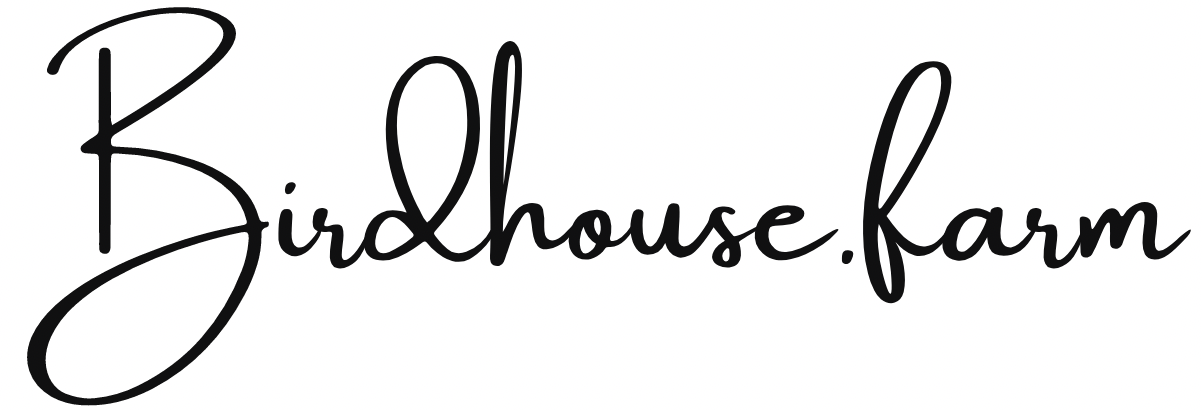Part VI: Barriers to the Rewilding Movement
Unfortunately, some who attempt to return private land to its more natural state where native plants and insects can thrive are criminalized by city ordinances or homeowners association edicts that favor the types of thirsty grass that leeches precious water resources. This makes it difficult if not impossible to change private property to make cities and towns more climate friendly.
Follow the Birdhouse.farm Research blog for more in this 9 part guest series from Nancy Vaughan.
The following examples highlight how city ordinances can pose barriers to citizens seeking to switch their lawns to native grasses, highlighting the need for advocacy and policy reform to promote environmentally-friendly landscaping practices.
Mandatory Lawn Maintenance Requirements → Some cities have ordinances that mandate specific lawn maintenance standards, such as requiring a certain length of grass or prohibiting the use of native grasses altogether. This can pose a challenge for residents who wish to transition to native grasses, as they may face fines or penalties for non-compliance with these requirements.
Restrictions on Planting Heights → Certain city ordinances may dictate maximum allowable heights for vegetation, including grasses. This can limit residents' ability to cultivate native grasses, which may grow taller than traditional turf grasses.
Zoning Regulations → Zoning regulations can impact residents' ability to convert their lawns to native grasses, particularly in areas designated for specific land uses (e.g., residential, commercial, industrial). Zoning laws may restrict the types of landscaping allowed in certain zones, making it difficult for residents to plant native grasses.
Homeowner Association (HOA) Restrictions → Many neighborhoods are governed by homeowner associations (HOAs) that enforce rules and regulations regarding property aesthetics and maintenance. Some HOAs may have strict guidelines regarding lawn appearance, which could prevent residents from replacing traditional lawns with native grasses.
Invasive Species Concerns → In some areas, city ordinances may aim to prevent the spread of invasive plant species by restricting the planting of certain grasses or vegetation types. While native grasses are beneficial for biodiversity, there may be concerns about introducing non-native species that could become invasive and harm local ecosystems.
Permitting Requirements → City ordinances may require residents to obtain permits or approvals before making significant changes to their landscaping, including planting native grasses. Permitting processes can be time-consuming and costly, deterring residents from pursuing lawn conversion projects.
Although city ordinances may initially seem discouraging, it’s crucial to stay optimistic. These regulations, though challenging, are not insurmountable. With determination and the right strategies, residents can successfully navigate these obstacles and transform their yards into bio diverse, beautiful spaces.
Follow our blog for practical strategies and tips to overcome barriers to transforming your yard.
